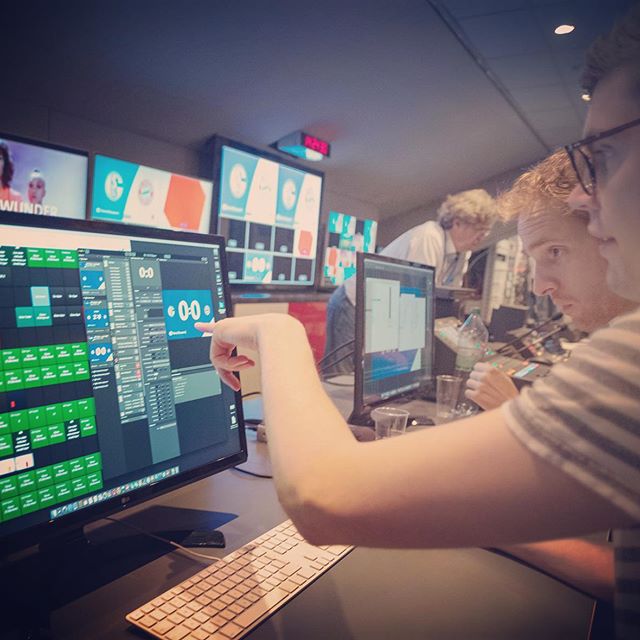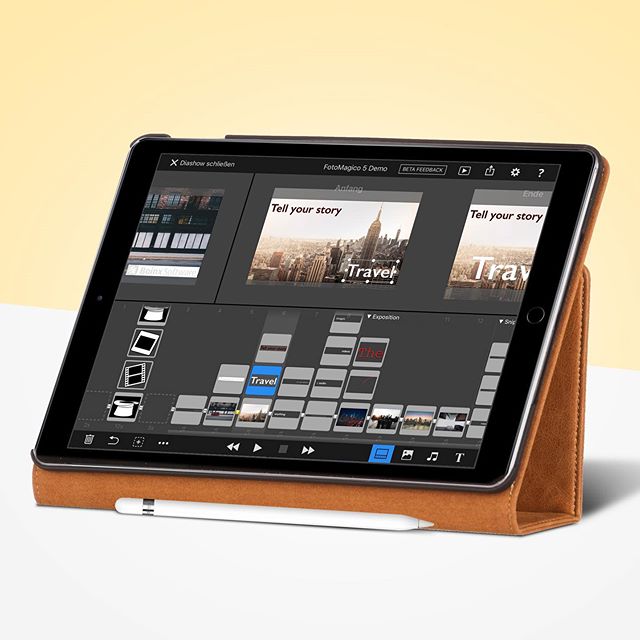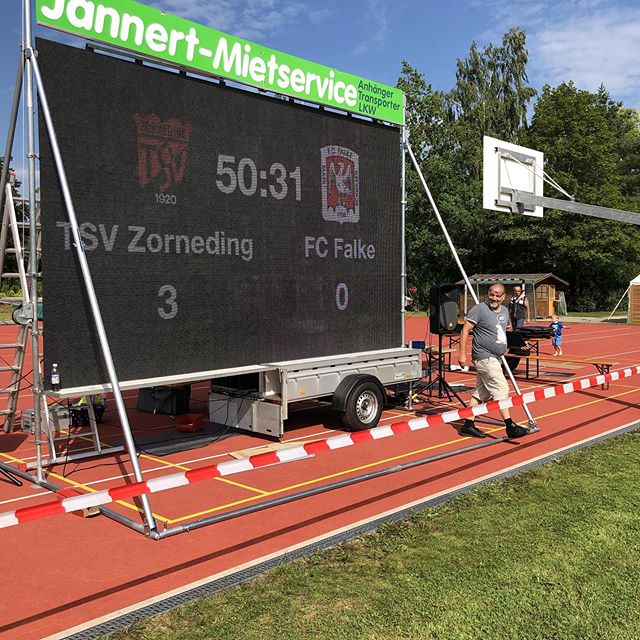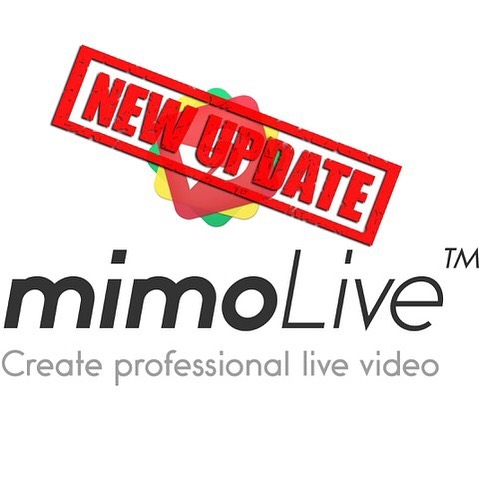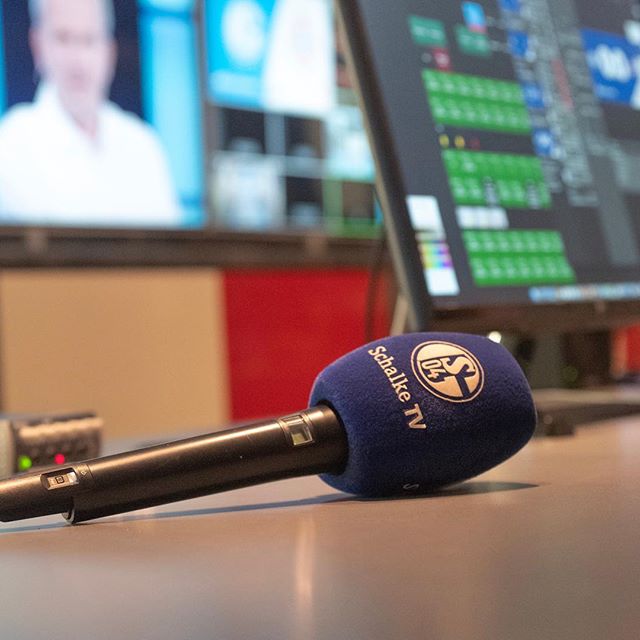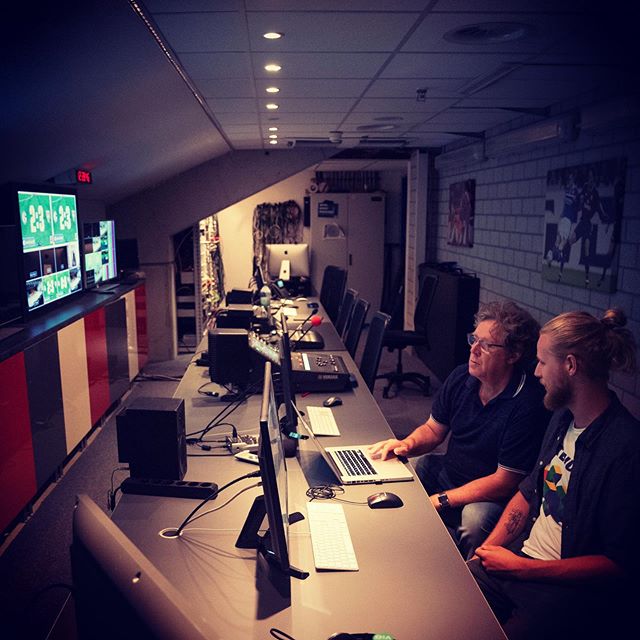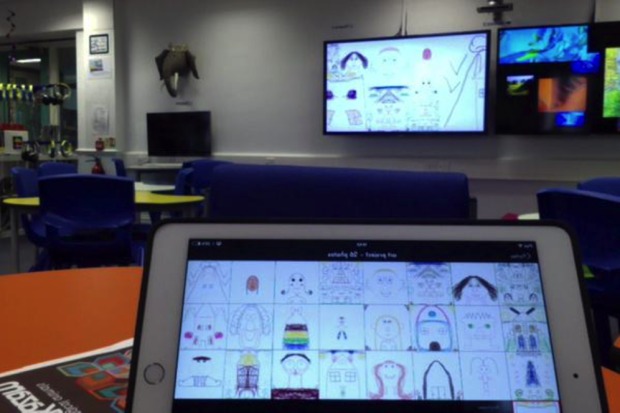
Julian Coultas first started using technology in his classroom four years into his teaching career, right around the time when Apple released its QuickTake Camera. The year was 1994, and Julian was excited for his students to take the leap into the next generation by combining their digital photos with text and images.
“Here in the United Kingdom, I taught eleven- to eighteen-year-olds English Media and Film studies, and I began using technology as we needed to create television/film, print-based and audio projects,” he says. “Apple tech helped us with these pursuits. Now, our old projects are quite amusing, something today’s students can’t even imagine.”
Julian continued to use Apple technology in his classroom for the next eleven years, fitting the latest products into his curriculum wherever he could. In 2005, he began a five-year stint working for Apple as a part of the UK education team to further immerse himself in the technology.
Digital Roadtrip was born in the spring of 2007 when Julian decided to go freelance focusing on providing digital creativity professional development for other educators. The organization’s mission was focused on creating moving images, animation, digital photography and sound – and it was all based on Apple products. Again, Julian’s timing was impeccable. Digital Roadtrip began just before the first iPhone was released.
“The world has changed dramatically in terms of content creation since then,” he says. “Since the arrival of the iPad, most of my work relates to digital creativity on that device. Here in the UK, the primary schools have adopted it in great quantities, and I support schools in developing their iPad tech plans and practice.”
Julian loves using Boinx’s iStopMotion with other technology educators on both the iPad and the Mac, and it is one of the apps he finds most helpful in the classroom. The ability to reverse the order of the frames is a particular timesaver.
Check out an example of Julian’s iStopMotion work below in an awesome timelapse animation!
iStopMotion is the perfect app to share, and Julian helps to show teachers and students how with his 8 iPads Project. After realizing that the 1:1 formula, or one iPad for each student, is not feasible or appropriate for every school, Julian set out to show how effective iPad teams can be.
“8 iPads is really just focusing on having a great experience outside of the 1:1 remit,” he says. “I work with one school that only has eight iPads for the entire school. The iPads are seen as studios. If you were to offer a school the use of eight TV editing, sound recording, animation capable music studios, they would be ecstatic. Part of the 8 iPads approach is to accept that it is a personal device, but also a device that can be shared, and that sharing is a good thing socially and morally. The kind of creative app options that are now available on the iPad, such as iStopMotion, are beginning to rival traditional computers for digital creativity.”
For example, see the video below for an example of some great iPad teamwork!
Julian also uses another Boinx app in the classroom, one that is just beginning to make its mark in the education world – PartySnapper.
“The notion of hosting a party in the classroom might raise some eyebrows, however, it is a great way for students to share work in progress, especially in an art classroom context,” Julian says. “The screened work is a visual back channel that just evolves as the students add their work. One additional benefit is the fact that all of the images are stored neatly on the teacher’s device, giving him or her a record of the activity. There’s no need to email or Airdrop – the movement of the art work is seamless.”
See how Julian is using PartySnapper in his classroom in the video below! Where would you fit iStopMotion or PartySnapper into an educational curriculum? Be sure to let us know, and send in some of your own videos!
For more on Digital Roadtrip, please visit Digital Roadtrip online.

